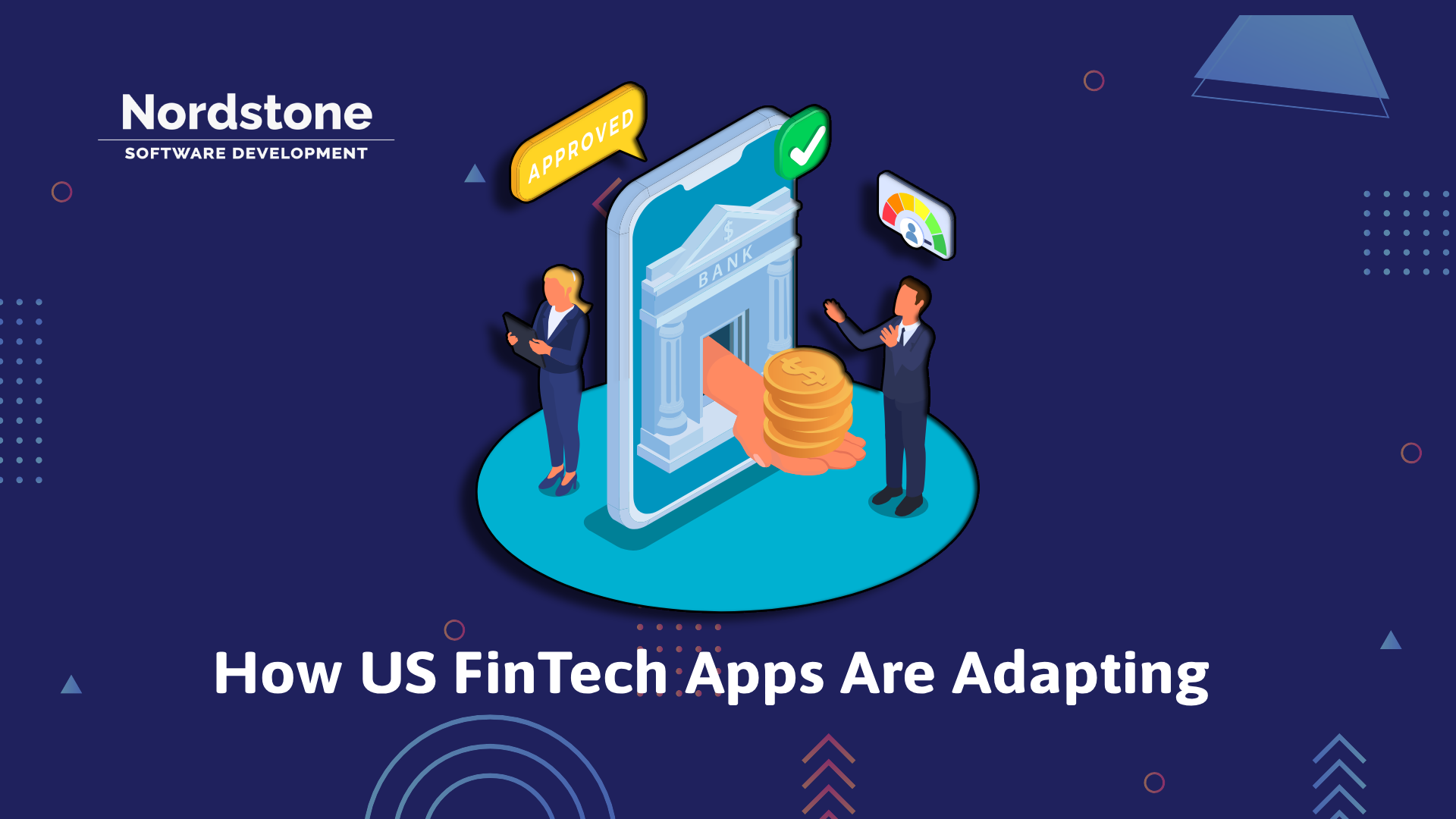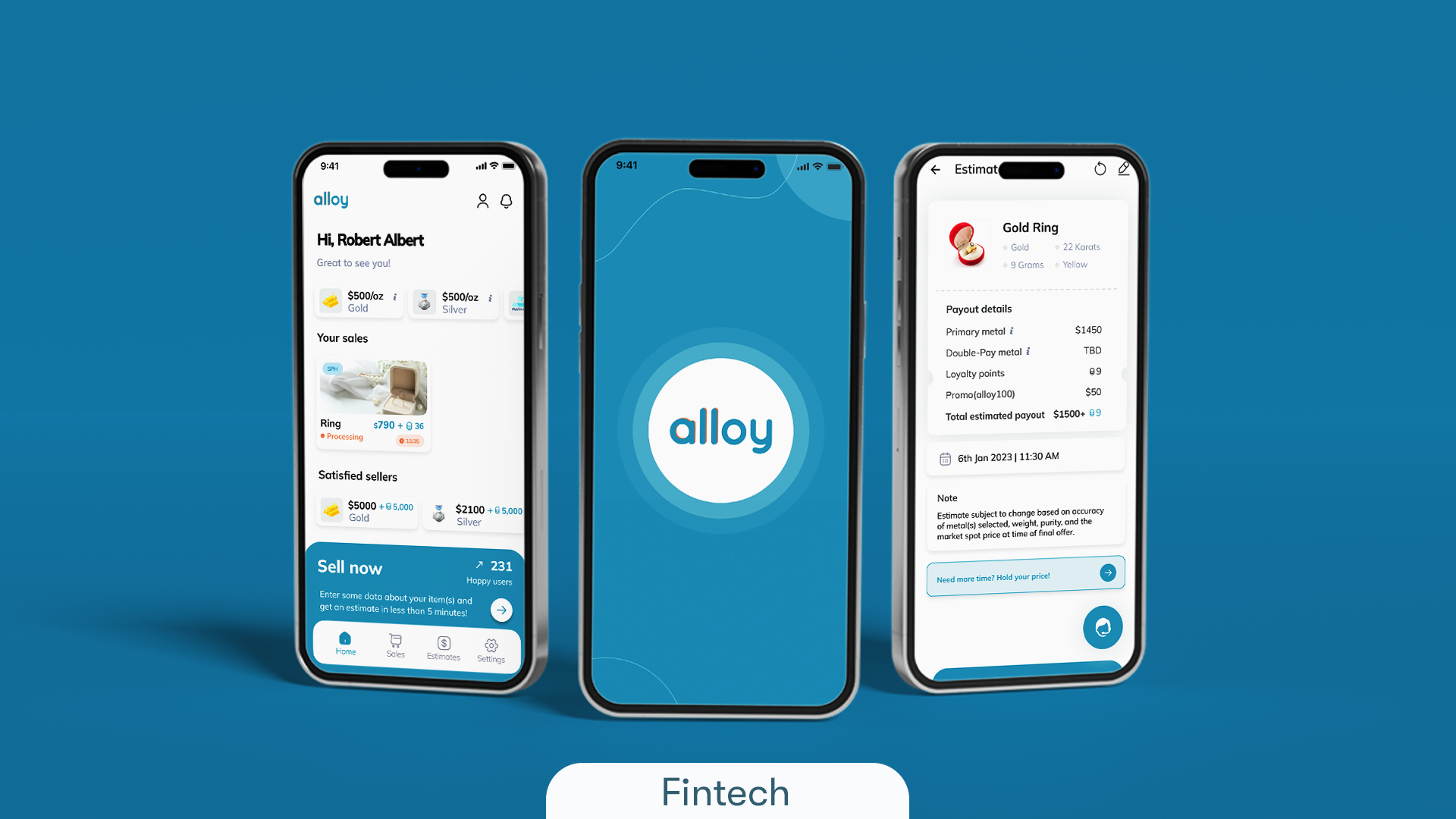March 12th, 2025 at 06:31 am
The FinTech landscape is evolving faster than ever, with mobile banking apps leading the charge in transforming how consumers manage their finances. In 2025, innovations in AI-powered banking, blockchain technology, and biometric authentication are setting new standards for security, personalization, and efficiency.
For FinTech brands, the challenge is no longer just about acquiring users—it’s about creating secure, intuitive, and engaging experiences that drive long-term loyalty. This article explores how US FinTech apps are adapting to these trends and why technologies like AI, blockchain, and biometric authentication are critical for success.
The Growth of AI in Mobile Banking Apps
Artificial Intelligence (AI) is at the core of digital banking innovation in 2025. AI-powered solutions enable apps to deliver smarter, faster, and more personalized banking experiences—from financial advice to real-time fraud detection.
How AI is Enhancing Mobile Banking in 2025:
- AI-Powered Personalization and Financial Insights:
AI algorithms analyze vast amounts of user data to offer tailored financial recommendations, such as personalized budgeting tips, investment opportunities, and alerts for upcoming bills. By understanding individual spending habits, AI can predict future needs and offer customized solutions, helping users manage their finances more efficiently. This kind of personalization is key to increasing customer retention in mobile banking apps. - Enhanced Customer Support with AI Chatbots:
AI-driven chatbots are transforming customer service by providing 24/7 instant support for tasks like balance inquiries, transaction disputes, and account setups. These bots reduce operational costs while improving user experience. AI chatbots learn from every interaction, becoming more effective over time. This makes AI-powered assistance a must-have feature for FinTech apps aiming to enhance user engagement. - Advanced Fraud Detection Using AI Algorithms:
Security is a top concern in mobile banking, and AI is stepping up as a powerful fraud prevention tool. AI systems monitor transaction patterns, flagging any suspicious activities and alerting users in real time. Over time, these systems evolve to better detect emerging threats. This proactive approach is essential for building trust and ensuring FinTech app security in 2025.
Why Blockchain Is the Future of Secure Banking Transactions
Blockchain is reshaping how financial transactions are conducted, offering transparent, immutable, and highly secure solutions. In 2025, blockchain is becoming the backbone of secure digital transactions in the banking sector.
Key Benefits of Blockchain for Mobile Banking:
- Immutable and Transparent Transaction Records:
Blockchain records every transaction on a decentralized ledger, making it tamper-proof and transparent. Once a transaction is completed, it cannot be altered, reducing the risk of fraud. This level of security builds trust between consumers and financial institutions and is especially critical for mobile banking security. - Efficiency Through Smart Contracts:
Blockchain technology supports smart contracts, which automate processes like loan approvals, payment disbursements, and investment transactions. These contracts execute automatically when predefined conditions are met, eliminating human error and reducing processing time. Smart contracts enhance both operational efficiency and security, making them a valuable tool for the future of mobile banking. - Faster and Cheaper Cross-Border Payments:
Traditional international transactions can be slow and expensive, often involving multiple intermediaries. Blockchain simplifies this process, enabling instant and low-cost cross-border payments. Transactions are processed in real time, offering transparency and reducing fees. This is a game-changer for businesses and individuals needing seamless global financial services.
Blockchain in mobile banking also enhances transparency, giving users peace of mind by ensuring their financial data is secure and accessible. As blockchain technology evolves, its integration into FinTech apps will become essential for ensuring secure banking transactions.
The Role of Biometric Authentication in Digital Banking
As cyber threats evolve, so does the need for robust security. Biometric authentication—including facial recognition, fingerprint scanning, and voice authentication—is becoming a standard for enhancing FinTech app security in 2025.
How Biometric Authentication is Transforming Mobile Banking:
- Facial Recognition for Secure Logins:
Facial recognition uses AI to analyze unique facial features for authentication. It’s fast, convenient, and highly secure. With the addition of liveness detection, banks can ensure that users are physically present during the verification process, reducing the risk of fraudulent access. This method enhances security for high-value transactions and everyday banking. - Convenience with Fingerprint Authentication:
Fingerprint scanning provides a quick, reliable, and secure method for accessing mobile banking apps. It eliminates the need for passwords, reducing the risk of hacking attempts and improving user convenience. Fingerprint data is securely stored and encrypted on the device, making this method one of the most trusted in secure mobile app development. - Voice Authentication for Accessibility:
Voice biometrics add an extra layer of security, especially for users interacting with voice-controlled banking systems. Voice patterns are unique to each individual and can be used for identity verification, ensuring secure and hands-free transactions. This is particularly useful for accessibility, ensuring mobile banking solutions are inclusive for all users.
 https://calendly.com/ltv-lift/strategy?month=2025-02
https://calendly.com/ltv-lift/strategy?month=2025-02
FAQs About Mobile Banking Trends in 2025
- Why is AI important in mobile banking?
AI enhances the mobile banking experience by offering personalized financial advice, automating customer support, and detecting fraudulent activities in real time. It ensures smarter, faster, and more secure services that align with user expectations. - How does blockchain enhance transaction security?
Blockchain records transactions on an immutable, decentralized ledger, reducing fraud risk and ensuring transparency. It also speeds up international payments and reduces transaction costs, making it a key tool for digital banking innovation. - What are the benefits of biometric authentication in banking apps?
Biometric authentication offers a quick, secure, and convenient way to access mobile banking apps. Methods like facial recognition and fingerprint scanning enhance security, eliminate password-related vulnerabilities, and provide a frictionless user experience. - How can FinTech apps minimize fraud risks?
FinTech apps can minimize fraud by integrating AI-powered fraud detection systems, biometric authentication, multi-factor verification, and blockchain technology for secure transactions. These strategies significantly reduce the risk of unauthorized access and cyber threats. - Are blockchain-based transactions faster than traditional ones?
Yes, blockchain enables instant global transactions without intermediaries, ensuring lower fees and quicker processing times. It offers a transparent and secure framework for cross-border financial exchanges.
The future of mobile banking in 2025 will be shaped by cutting-edge technologies that prioritize security, personalization, and efficiency. FinTech apps that embrace these trends will be better positioned to offer superior user experiences, build trust, and drive long-term growth.
Key Takeaways for FinTech Apps:
- Leverage AI for predictive insights, personalized services, and fraud detection.
- Integrate blockchain for secure, fast, and transparent transactions.
- Adopt biometric authentication to enhance user security and app engagement.
Ready to Build the Future of Secure and Innovative Mobile Banking?
At Nordstone, we specialize in developing next-gen FinTech apps that prioritize security, personalization, and cutting-edge technology.












